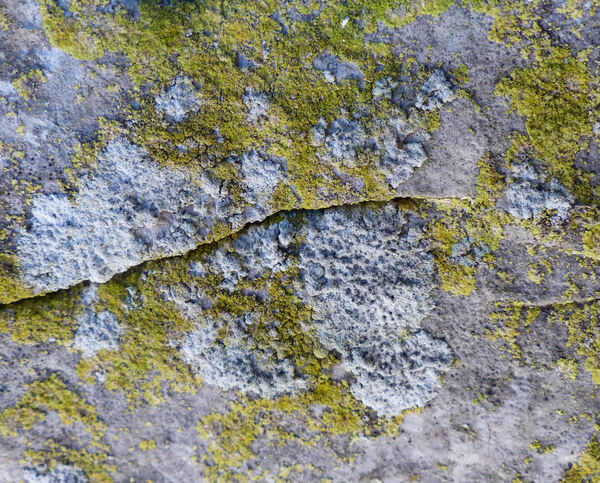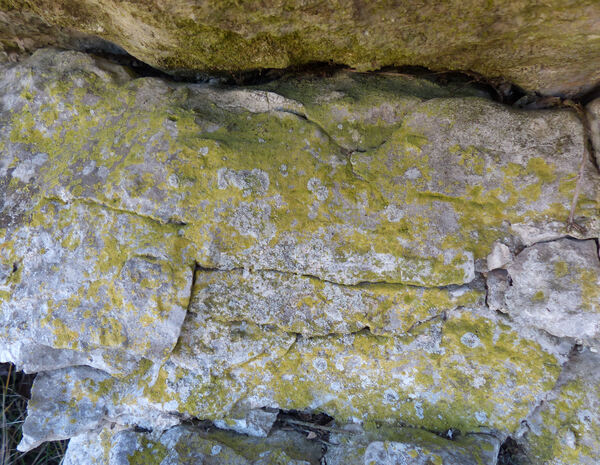Diplotomma scheideggerianum (Bricaud & Cl. Roux) Nimis
The Lichens of Italy: 284, 1993. Basionym: Buellia scheideggeriana Bricaud & Cl. Roux - Nova Hedwigia, 52: 169, 1991.
Synonyms:
Distribution: N - VG (Tretiach & Carvalho 1993), Frl.
Description: Thallus leprose, episubstratic, granular, white to greenish white, 0.3-0.8 mm thick, sometimes obscurely lobed at margins, with a thick, chalky medulla, always growing on the thalli of Leproplaca-species, often forming up to 5 cm wide patches. Apothecia lecideine, 0.3-0.6 mm across, black but usually grey-pruinose, numerous, more or less immersed, with a flat to convex disc and a thin proper margin which is often excluded in old apothecia. Proper exciple 35-50 μm wide laterally, pale brown, of radiating hyphae, with sparse crystals, K+ yellow; epithecium pale brown, with a layer of crystals insoluble in K; hymenium colourless, 55-65 μm high, K/I+ blue; paraphyses simple, 1.5-2 μm thick at mid-level, the apical cells 3.5-5 μm wide; hypothecium brown. Asci 8-spored, clavate to cylindrical-clavate, the apical dome K/I+ dark blue with a pale, conical-pointed apical cushion (axial mass), the wall I-, but the thin outer gel I+ blue, approaching the Bacidia-type. Ascospores 3-septate to submuriform, brown, 8-16 x 5-9 μm, often deformed or abortive. Photobiont chlorococcoid. Spot tests: K-, C.-, KC-, P-, UV-. Chemistry: without lichen substances. Note: this is certainly a well-distinct species, to be looked for throughout Italy wherever Leproplaca chrysodeta and L. xantholyta are present. This mild-temperate lichen, however, seems to have a narrower ecological range than that of its hosts, being slightly more hygro- and less photophytic.
Growth form: Crustose
Substrata: rocks
Photobiont: green algae other than Trentepohlia
Reproductive strategy: mainly sexual
paras Leproplaca spp.
Commonnes-rarity: (info)
Alpine belt: absent
Subalpine belt: absent
Oromediterranean belt: absent
Montane belt: absent
Submediterranean belt: very rare
Padanian area: absent
Humid submediterranean belt: very rare
Humid mediterranean belt: extremely rare
Dry mediterranean belt: absent

Predictive model
Herbarium samples
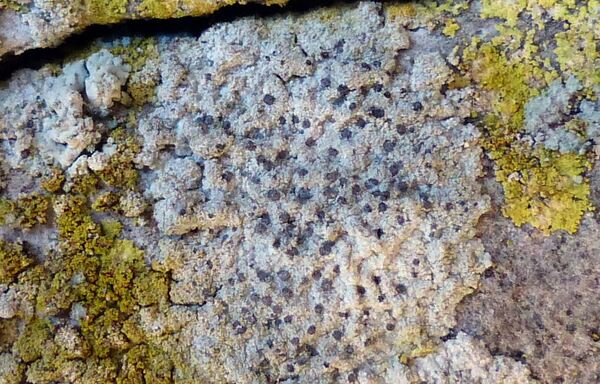

Andrea Moro; Owner: Department of Life Sciences, University of Trieste
italy, Friuli Venezia Giulia, Trieste, Trieste Karst near Borgo Grotta Gigante
16/02/2017


P.L. Nimis; Owner: Department of Life Sciences, University of Trieste
Herbarium: TSB (17358)
2001/11/24


Andrea Moro; Owner: Department of Life Sciences, University of Trieste
italy, Friuli Venezia Giulia, Trieste, Trieste Karst near Borgo Grotta Gigante
16/02/2017
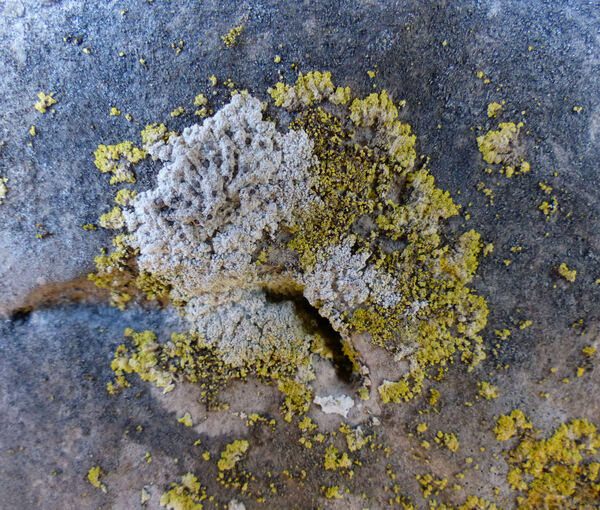

Andrea Moro; Owner: Department of Life Sciences, University of Trieste
italy, Friuli Venezia Giulia, Trieste, Trieste Karst near Borgo Grotta Gigante
16/02/2017
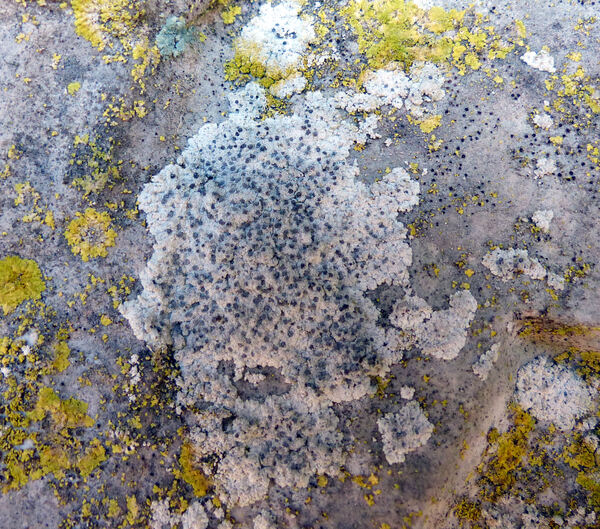

Andrea Moro; Owner: Department of Life Sciences, University of Trieste
italy, Friuli Venezia Giulia, Trieste, Trieste Karst near Borgo Grotta Gigante
16/02/2017
Growth form: Crustose
Substrata: rocks
Photobiont: green algae other than Trentepohlia
Reproductive strategy: mainly sexual
paras Leproplaca spp.
Commonnes-rarity: (info)
Alpine belt: absent
Subalpine belt: absent
Oromediterranean belt: absent
Montane belt: absent
Submediterranean belt: very rare
Padanian area: absent
Humid submediterranean belt: very rare
Humid mediterranean belt: extremely rare
Dry mediterranean belt: absent

Predictive model
| Herbarium samples |


Andrea Moro; Owner: Department of Life Sciences, University of Trieste
italy, Friuli Venezia Giulia, Trieste, Trieste Karst near Borgo Grotta Gigante
16/02/2017


P.L. Nimis; Owner: Department of Life Sciences, University of Trieste
Herbarium: TSB (17358)
2001/11/24


Andrea Moro; Owner: Department of Life Sciences, University of Trieste
italy, Friuli Venezia Giulia, Trieste, Trieste Karst near Borgo Grotta Gigante
16/02/2017


Andrea Moro; Owner: Department of Life Sciences, University of Trieste
italy, Friuli Venezia Giulia, Trieste, Trieste Karst near Borgo Grotta Gigante
16/02/2017


 INDEX FUNGORUM
INDEX FUNGORUM
 GBIF
GBIF
 DOLICHENS
DOLICHENS
